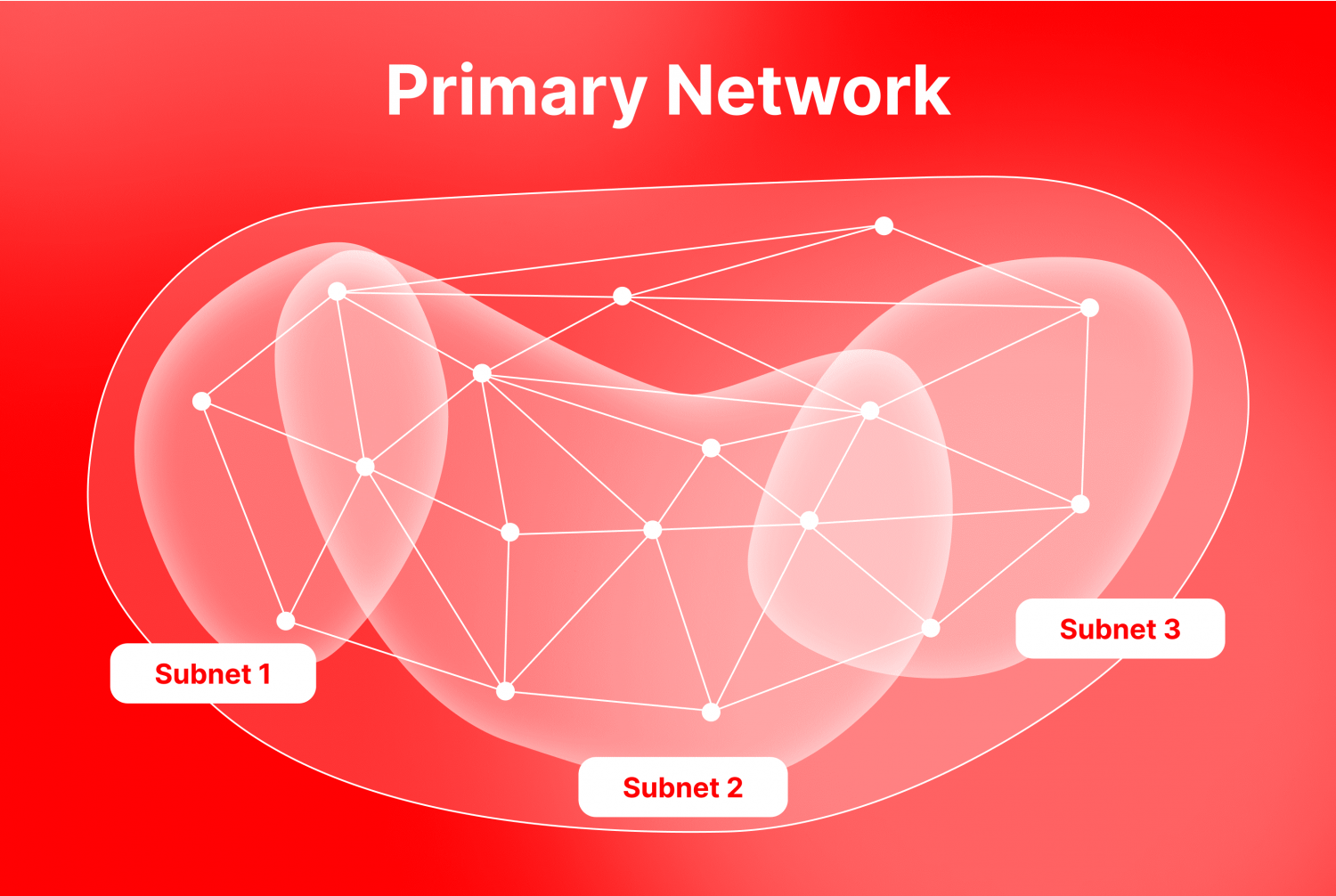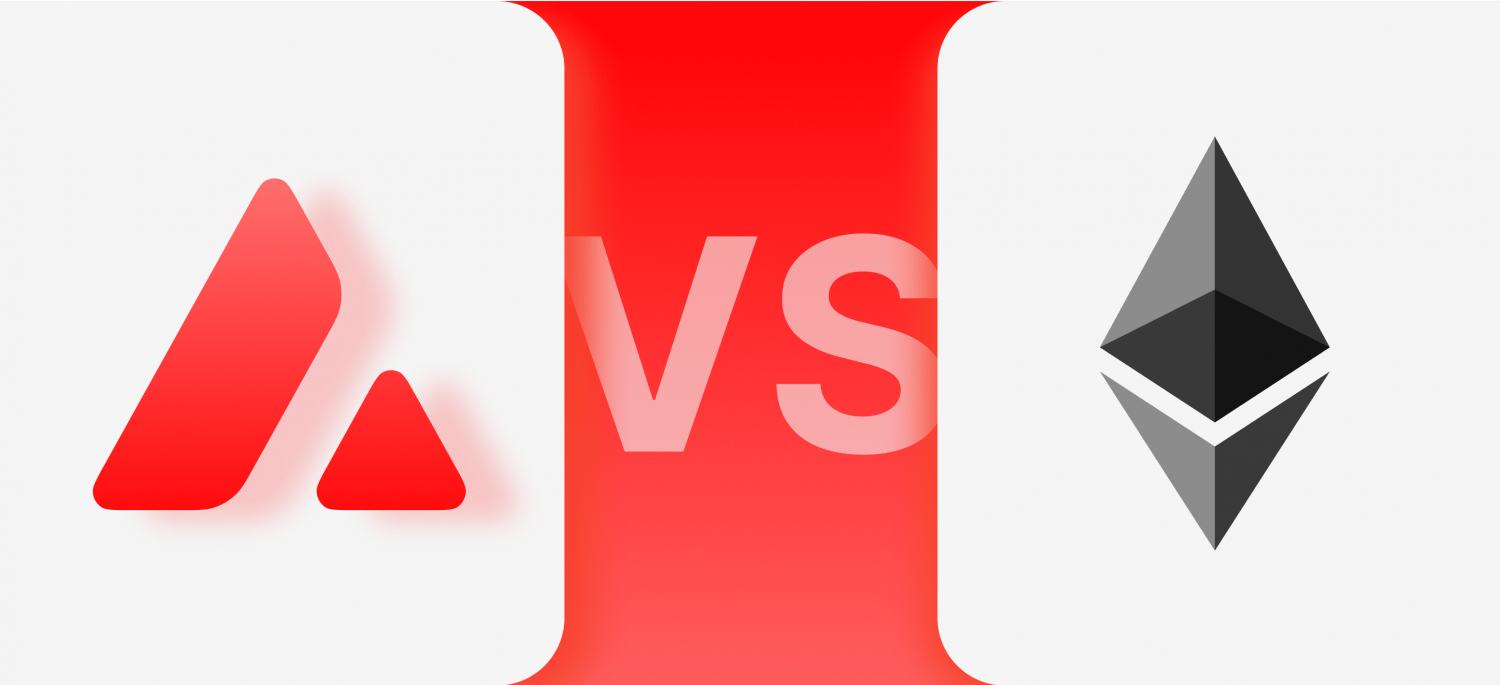Decentralised finance is evolving over time, and users are starting to appreciate the benefits these platforms offer. DeFi provides the autonomy and flexibility that every user seeks, from decentralised applications to exchanges and more.
Crypto transactions on DeFi platforms are faster, more secure, and more transparent than the traditional banking system, where banks claim the central authority and involve multiple intermediaries.
However, there has been a growing tendency to use decentralised platforms, with ongoing efforts to develop more projects, platforms, and decentralised exchanges.
Avalanche is one of the latest Web 3.0 introductions, evolving from existing blockchain platforms and serving decentralised applications.
Understanding Avalanche
Avalanche was created in 2020 by a professor at Cornell University alongside two students, developing the AVA codebase and AVA Labs. The main aim was to develop a blockchain that processes financial requirements quickly.
It is a blockchain and a cryptocurrency (AVAX) that supports Web3 applications, offering a wide range of tools and services that promote autonomy and decentralisation.
It is an open-source blockchain system focusing on scalability, fast processing, and security, using smart contracts operations.
This sophisticated decentralised environment allows businesses and individuals to build their financial assets and applications for multiple uses and enables them to make their private or public blockchain.
The Avalanche blockchain is often compared to the Ethereum blockchain, as it serves similar purposes, and both have native cryptocurrencies. However, Avalanche aims to outperform Ethereum with better interoperability, rate of response, and scalability.
AVAX blockchain provides a similar toolkit and features to Ethereum and integrates large decentralised projects and ecosystems. It is said that the Avalanche blockchain is the first to process transactions in less than one second, with estimations it finalise up to 4,500 transactions per second.
Just like Ethereum, Avalanche has its native tokens - $AVAX - which runs on the proof of stake protocol, allowing token holders to vote on distribution decisions, propose changes to the token system and participate in governance.
AVAX is traded on the X-chain, and it is the central token of the Avalanche blockchain network. It has multiple use cases, including staking, voting, a payment method, etc.

How Does Avalanche Work?
The Avalanche blockchain focuses on tackling the existing problems of the current blockchains, such as interoperability and scalability.
This blockchain uses smart contracts protocol, with a similar toolkit and ecosystem of the Ethereum, to allow ETH developers to create their applications on the AVAX blockchain, emphasising the main characteristic of this blockchain: interoperability.
One of the best features of Avalanche crypto blockchain is the fast processing of orders. However, this was only made possible with the unique structure of this blockchain network.
Three major design fundamentals distinguish Avalanche from other blockchains. These are consensus - subnetworks - and built-in blockchains.
Consensus Mechanism
In order to approve transactions in the blockchain and to promote security, the blockchain will deploy a protocol to reach full agreement from all the nodes, which is called consensus, and it is the notion of the proof of stake (PoS) concept.
Avalanche employs a different consensus mechanism, which aligns with the name Avalanche, referring to how nodes repeatedly sample smaller nodes to reach an agreement and approve a transaction.
This repeated occurrence of sampling smaller validating nodes, again and again, represents how a snowflake becomes an Avalanche.
The Avalanche validating process entails that when a transaction is initiated, validating nodes receive the order and start approving the transaction. The process begins with each node creating smaller sample nodes to validate the transaction.
More nodes create smaller nodes and collectively approve adding a new block to the blockchain, which means approving the transaction. Eventually, the whole system, consisting of a massive number of smaller nodes, reaches an agreement and validates the transaction.
Utilising Subnetworks
Subnet refers to the collection of multiple validating nodes in a separate network inside the blockchain, something like a network inside a network, operating by its own rules and running checks to validate transactions based on their rules.
This process promotes fast transactions. This is not a brand-new invention, as some blockchains already utilise it, like Ethereums Shards and Polkadots Parachains.
However, the Avalanche blockchain does not limit how many subnets can be created. These subnets allow users to launch their dApps and decentralised platforms using these networks, promoting high scalability.
Validators are responsible for approving transactions in their chains by their rules before forwarding them to the primary network. To become a validator, nodes need to join the main network - mainnet - by staking 2,000 $AVAX at least.
Multiple Blockchains
The Avalanche blockchain tackles the problem with fast processing using three built-in blockchains, where processes and procedures occur through three layers of different functions.
This design enabled the AVAX blockchain to become one of the fastest, processing 4,500 transactions in one second, which is massive compared to Ethereums 30 transactions per second and Bitcoins 7 TPS.
Also, web3 developers will be able to create digital assets depending on the functionality and the dApss use cases across the following three blockchains:
- X-Chain: The exchange layer is the default blockchain where decentralised and digital applications are created, and transactions of the native token $AVAX take place.
- C-Chain: The contract layer is where the smart contracts are deployed, and the consensus protocol happens. The C-Chain uses Ethereums virtual machines that deploy protocols and contracts, allowing for interoperability across multiple chains.
- P-Chain: The platform layer is where validator nodes coordinate and organise the creation and operation of subnets.

Avalanche Vs. Ethereum
The Avalanche blockchain was founded to overcome several challenges that exist in other blockchains, including Ethereums blockchain. The network allows for multi-language programming, where developers can create smart contracts using different languages powered by several virtual machines.
Additionally, the Avalanche blockchain gives developers the tools to overview the operations of their assets on the network, tracking trading activity and how assets are being hosted and used.
When it comes to processing speed, the multi-blockchain structure Avalanche follows enables it to finalise requests way faster than Ethereum. However, the new upgrade of the Ethereum 2.0 - The Shard - is expected to increase the transaction speed to 100,000 TPS.
Regarding consensus protocol, Ethereum has recently introduced PoS as part of the new upgrade, where nodes will validate transactions. However, becoming a validating node requires staking 32 ETH at least.
In terms of fees, the Avalanche blockchain burns all the amount accumulated from transaction fees, which preserves the AVAX price by taking tokens off the circulations and driving the demand higher.
While Ethereum only sends a fraction of the transaction fees to a burn address due to the different structure of the ETH blockchain. Moreover, the Ethereum blockchain is facing an all-time high congestion in the network, leading to prolonged processing time and increasing fees.
By that, we can see that the Avalanche blockchain outperforms the Ethereum blockchain, one of the most popular blockchains nowadays. However, we still need to see the new updates coming with the latest iteration of Ethereum 2.0.

Finding A Reliable AVAX Wallet
After learning everything you need to know about Avalanche, you might think to grab your device, link an AVAX wallet, and gain some AVAX.
However, there are a few things you need to look for when searching for a trustworthy wallet for AVAX.
Safety
Fund security is the primary objective of the crypto wallet you are looking for. Therefore, ensure the AVAX wallet you find protects your holdings from any hacking or breach that can drain your wallet.
Transaction Fees
Check out the list of fees the wallet implies and find the Avalanche crypto wallet that applies the lowest gas fees. This can save you some money if you actively use the wallet.
Compatibility
Having a cross-platform crypto wallet that you can access using your phone and desktop, using a dedicated app or a web browser, can highly impact your user experience.
User-Friendly
There is no need to navigate multiple pages to find what you are looking for; all you need is a glimpse at your balance. Therefore, opt for a wallet that offers a simple yet interactive interface that suits you.
Functionality
Besides being secure and easy to use, a good crypto wallet is interactive and offers plenty of functions like storing several tokens, finding staking options, and tracking your transaction history in the log without needing to check AVAX Explorer to see your transactions.

Advantages Of AVAX
The introduction of the Avalanche blockchain set new challenges for existing platforms, benefiting the whole Web 3.0 ecosystem. Lets look at the most prominent features of Avalanche.
Unique Structure
The Avalanche blockchain features a distinguished structure consisting of a three-layered network with different functions to promote quick transactions and operability.
This structure, with the snowman consensus, distinguishes the its network and gives it a significant advantage.
High Scalability
The AVAX blockchain uses EVM (Ethereum Virtual Machine) for dApps creation and operation, allowing Ethereum developers to launch their digital assets on the Avalanche blockchain.
Also, the quick transactions and the unique consensus and blockchain structure make this blockchain highly scalable for different use cases.
Fast Transactions
The unique consensus protocol involving many validating nodes sampling smaller nodes and all working to validate transactions makes this blockchain very fast.
This blockchain can finalise 4,500 transactions per second, which is significant compared to established blockchains like Ethereum and Bitcoin.
High Interoperability
The Avalanche blockchain does not limit the creation of subnets. It supports interoperability across different blockchains, making it easy for developers to launch and operate their assets across multiple platforms.
Disadvantages Of AVAX
Despite the multiple advantages that Avalanche provides, serving the whole crypto community and ecosystem. There are still some challenges to working with AVAX. These include:
Lenient With Malicious Nodes
Blockchains usually punish validating nodes when they make mistakes during the validation process or when they use malicious software to hack the system.
However, Avalanche clearly states that there is no punishment - slashing - for misbehaving nodes, which can make it unreliable.
Expensive to Become a Validating Node
To become a validating node, one needs to hold at least 2,000 $AVAX, and with the average AVAX price nowadays at $11, it would cost $22,000 to join the primary network and be a validating node.
Increasing Competition
Despite the great advantage the Avalanche blockchain enjoys, it faces fierce competition from existing blockchains, especially the new update of the Ethereum blockchain.
The recent merge of Ethereum 2.0 is expected to speed up the transaction response time to 100,000 TPS, which is way faster than the currency avalanches TPS.
AVAX Price Prediction
AVAX's price trend has been positive in 2023, marking an upward trend until the summer when it started slowing down, reaching the same price level it started the year with.
$AVAX value is highly associated with the performance of its blockchain and the activity of the crypto market overall. However, the Avalanche crypto news shows that AVAX coin is expected to pick up again later this year.
The Avalanche price prediction is widely optimistic about the future of its platform, suggesting that the price will keep increasing towards 2025 and 2026, with the possibility of reaching just north of $55 by the end of 2026. However, these assumptions are based on historical $AVAX price movement, and no one can accurately predict the price.

Conclusion
The introduction of the Avalanche crypto platform has disturbed the domination of the Ethereum blockchain, elevating competition in the crypto market with the robust build and structure of the Avalanche.
With its multi-layered blockchain network, the Avalanche allows for high scalability, where Web 3 developers can launch their dApps across multiple blockchains. Moreover, the unique validation protocol with multiple smart contracts enables the blockchain to provide faster transaction processing than any other blockchain in the market.



.svg)







